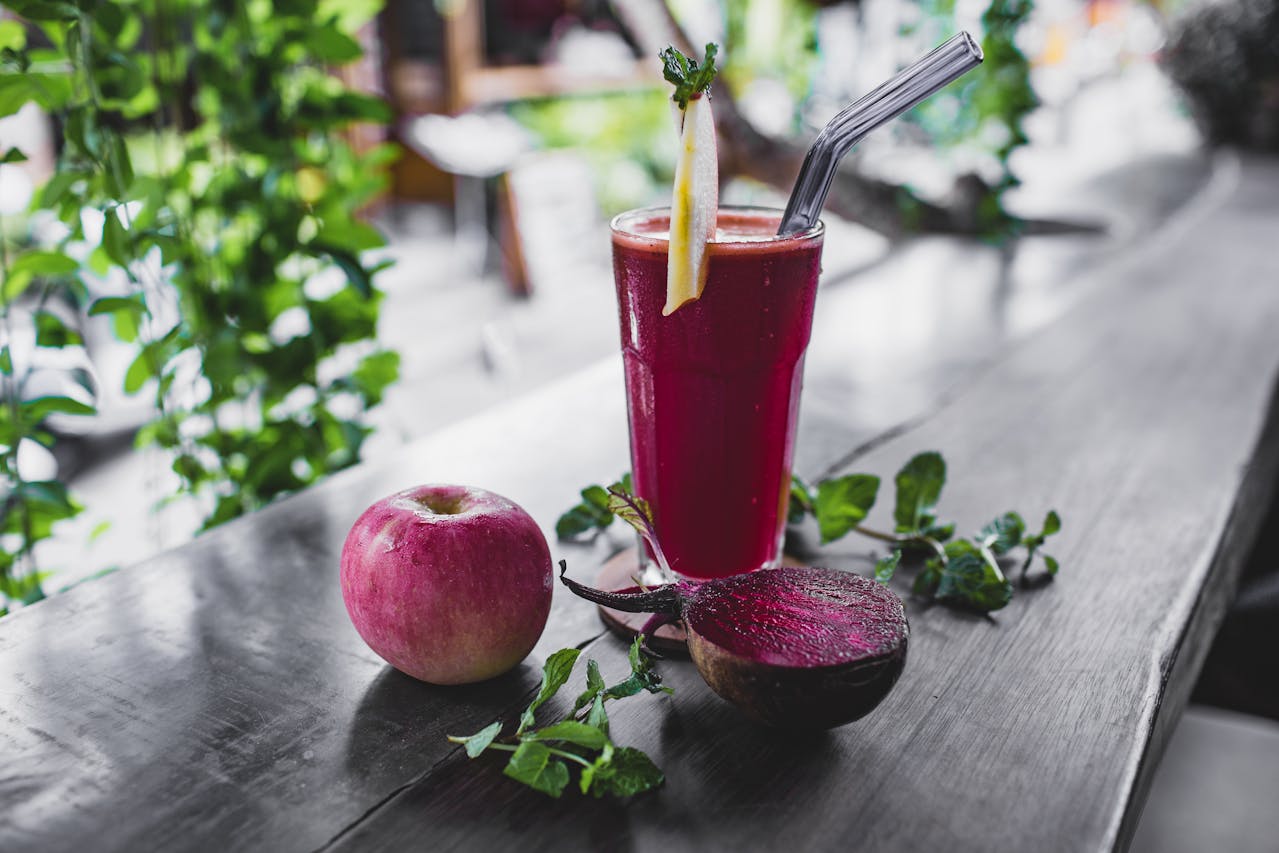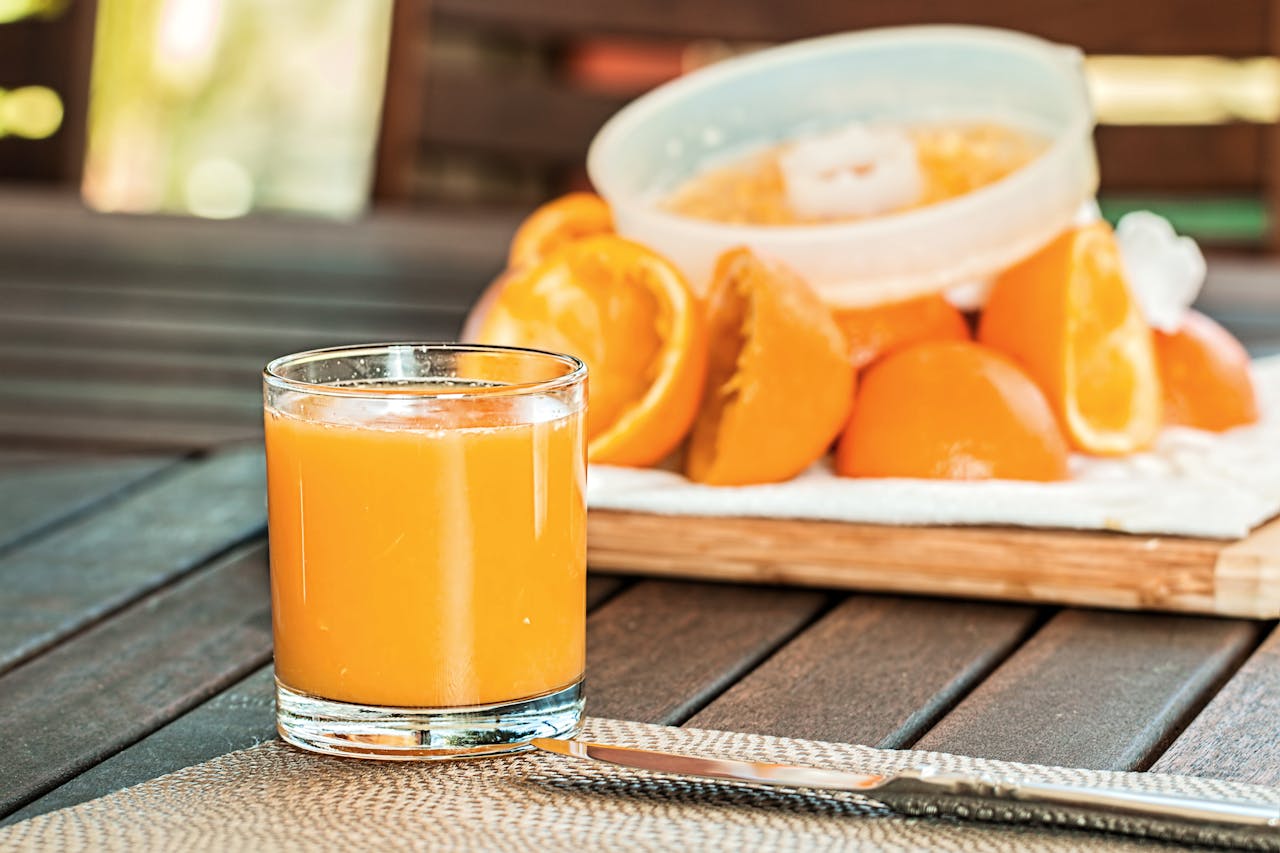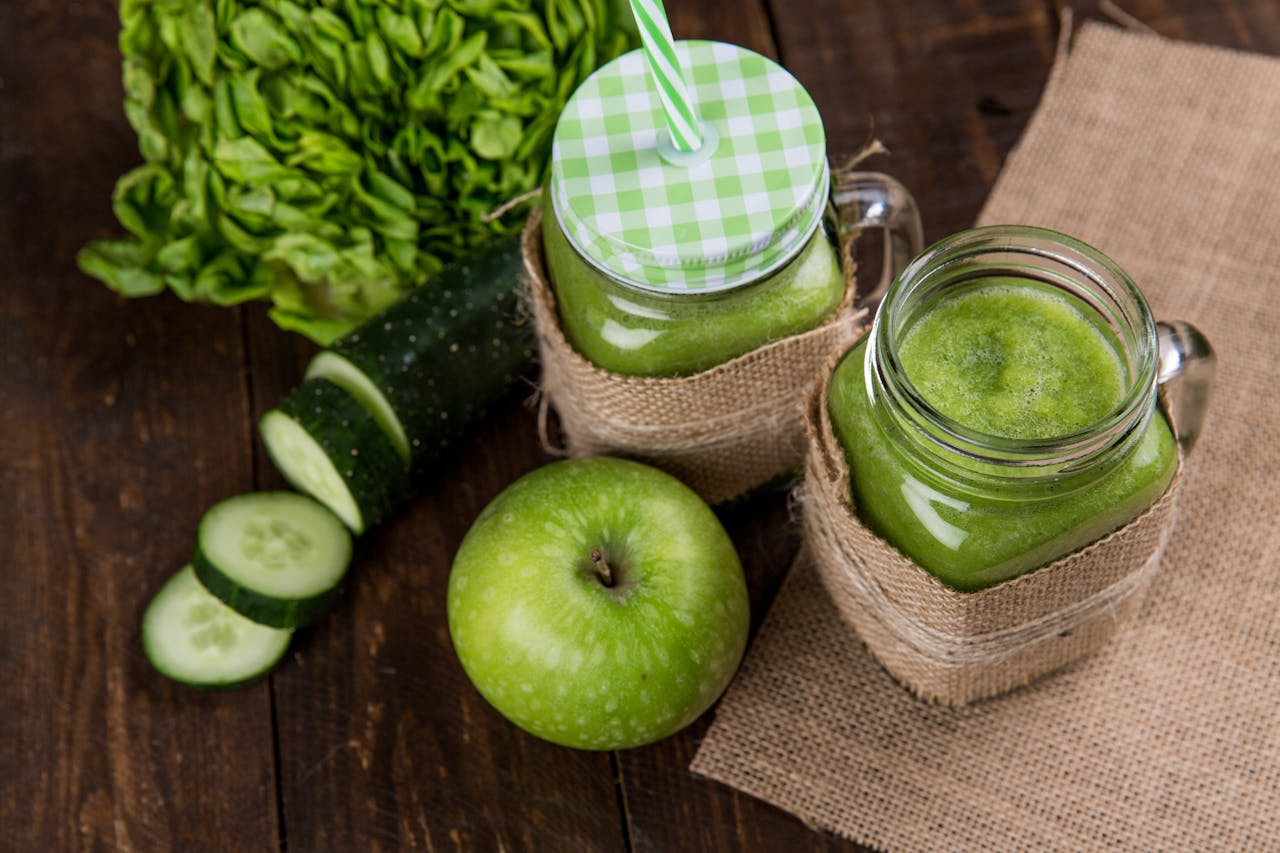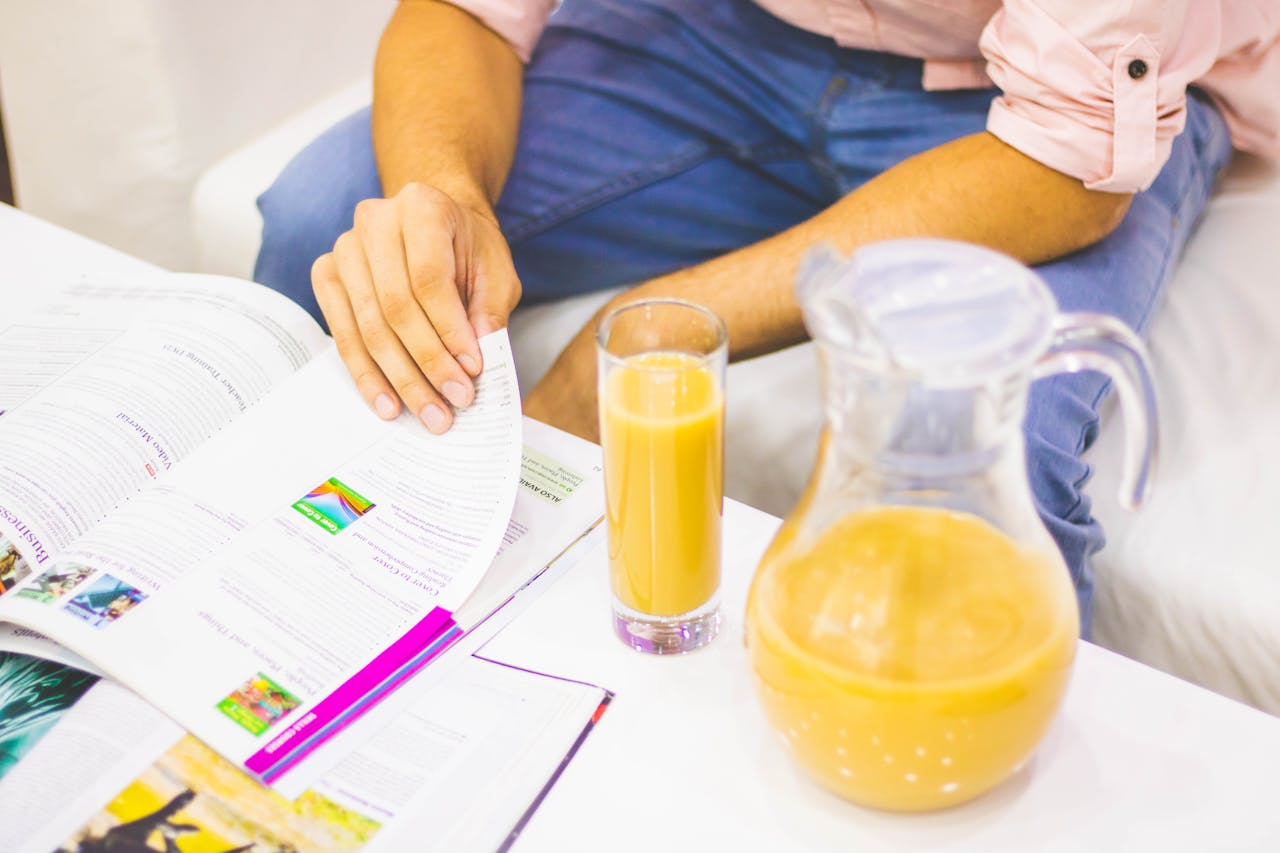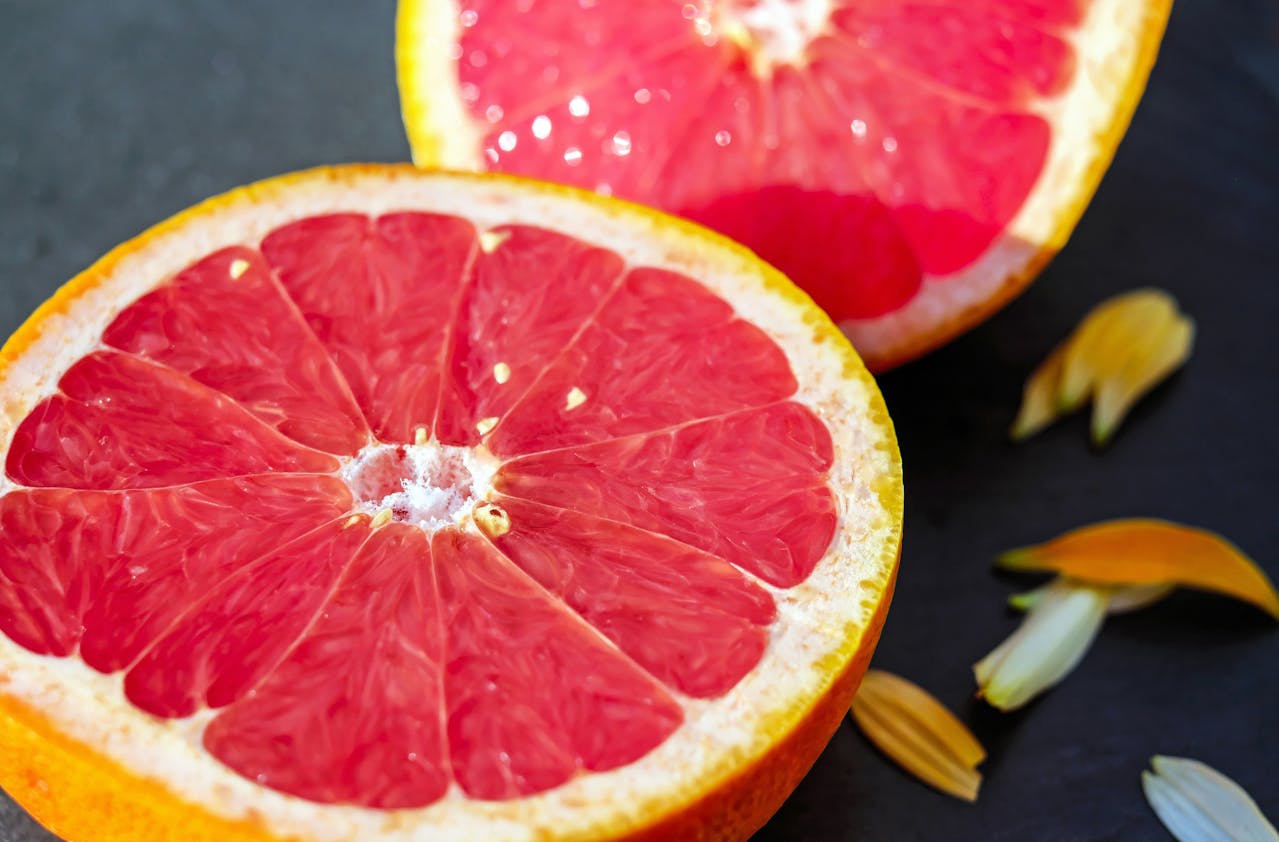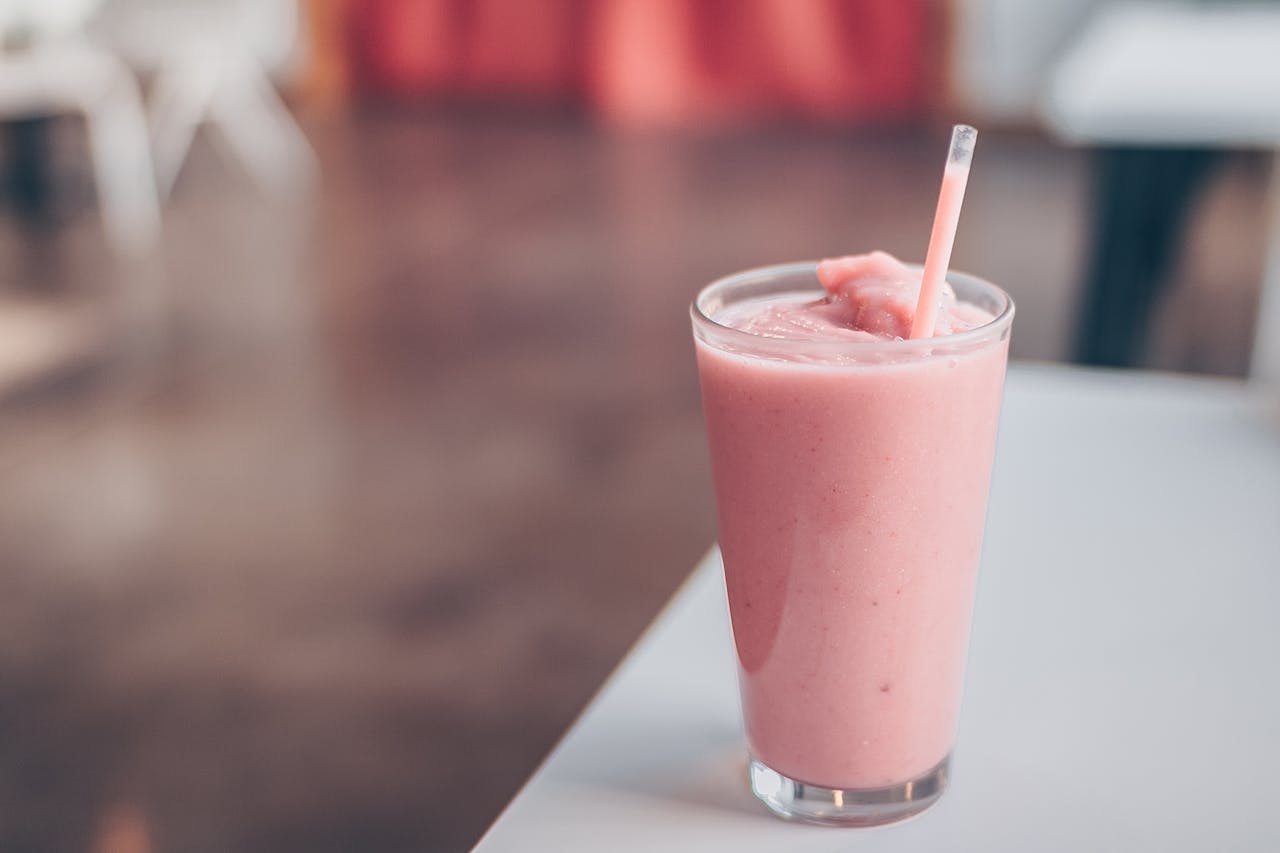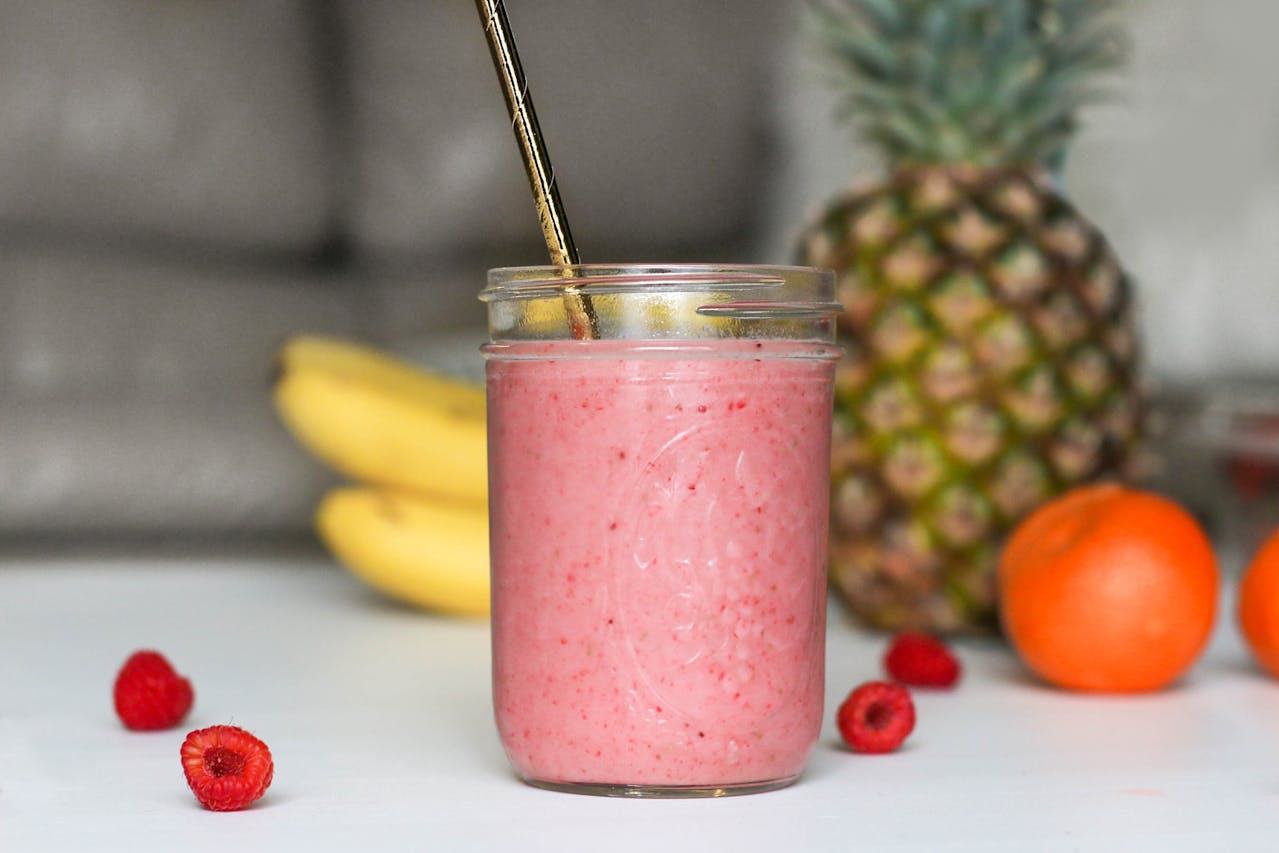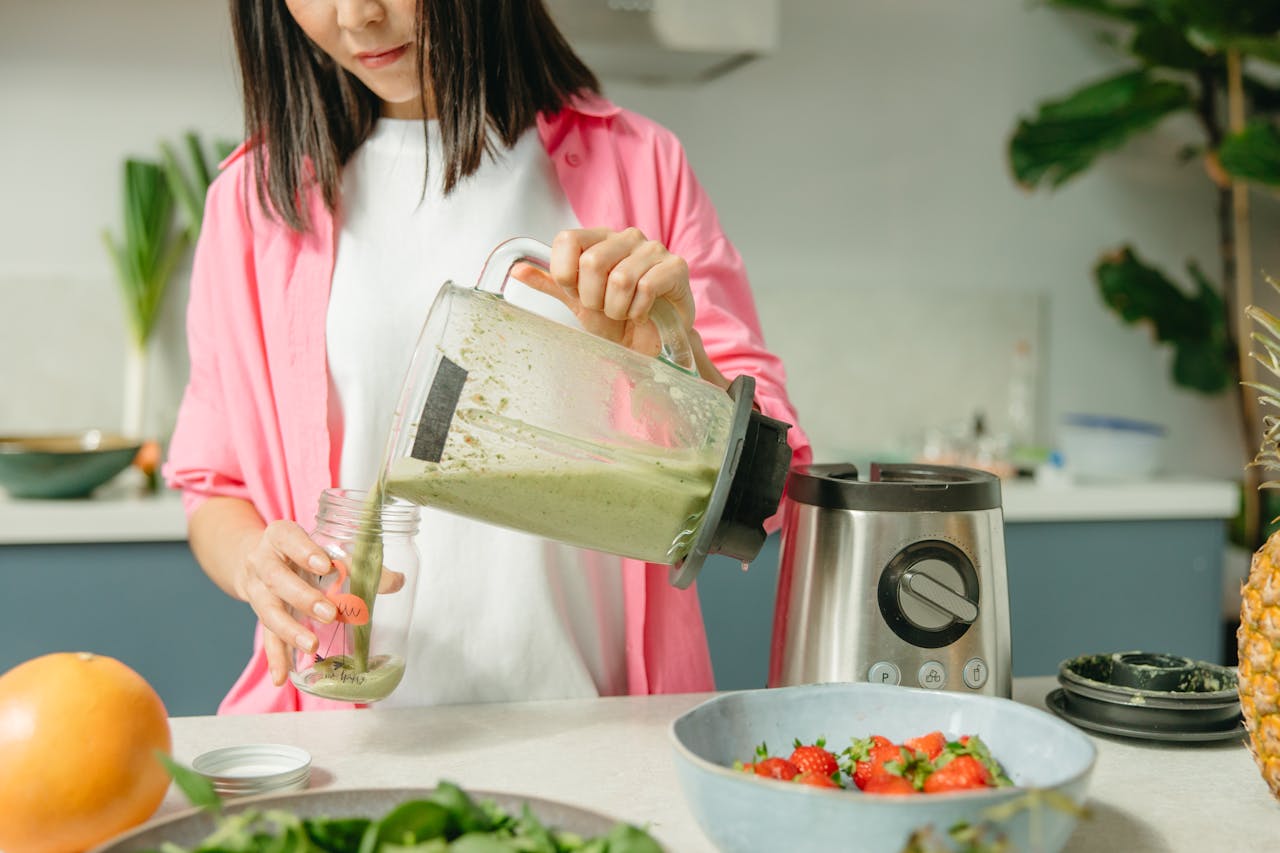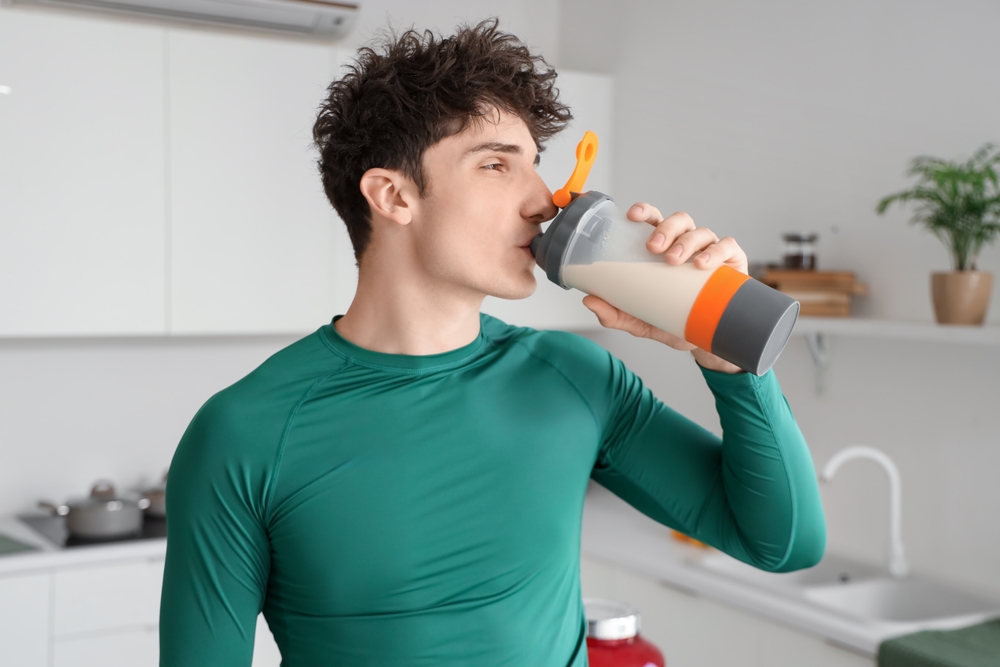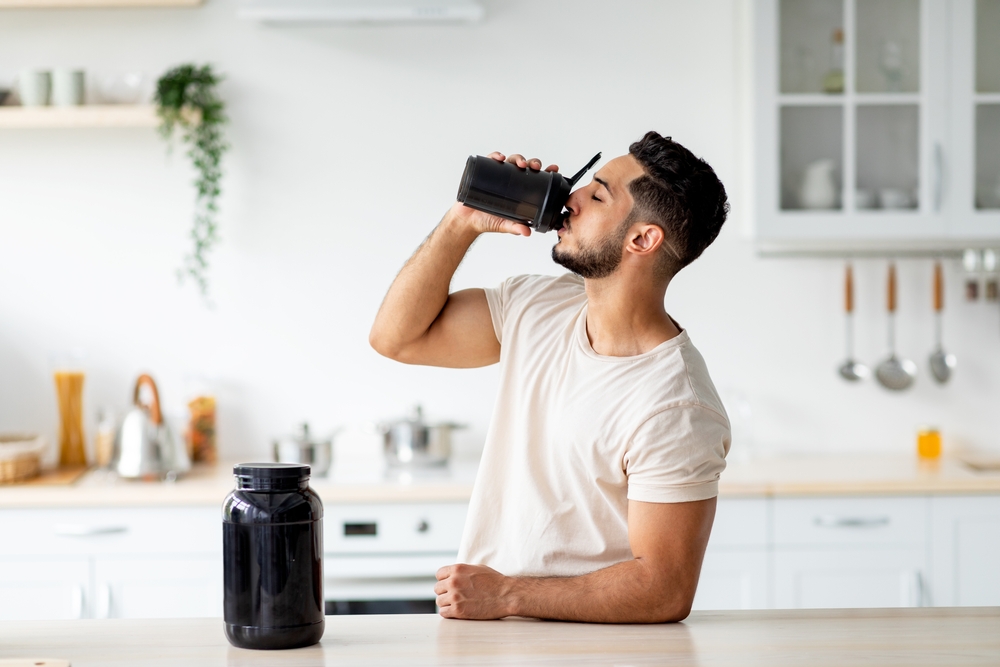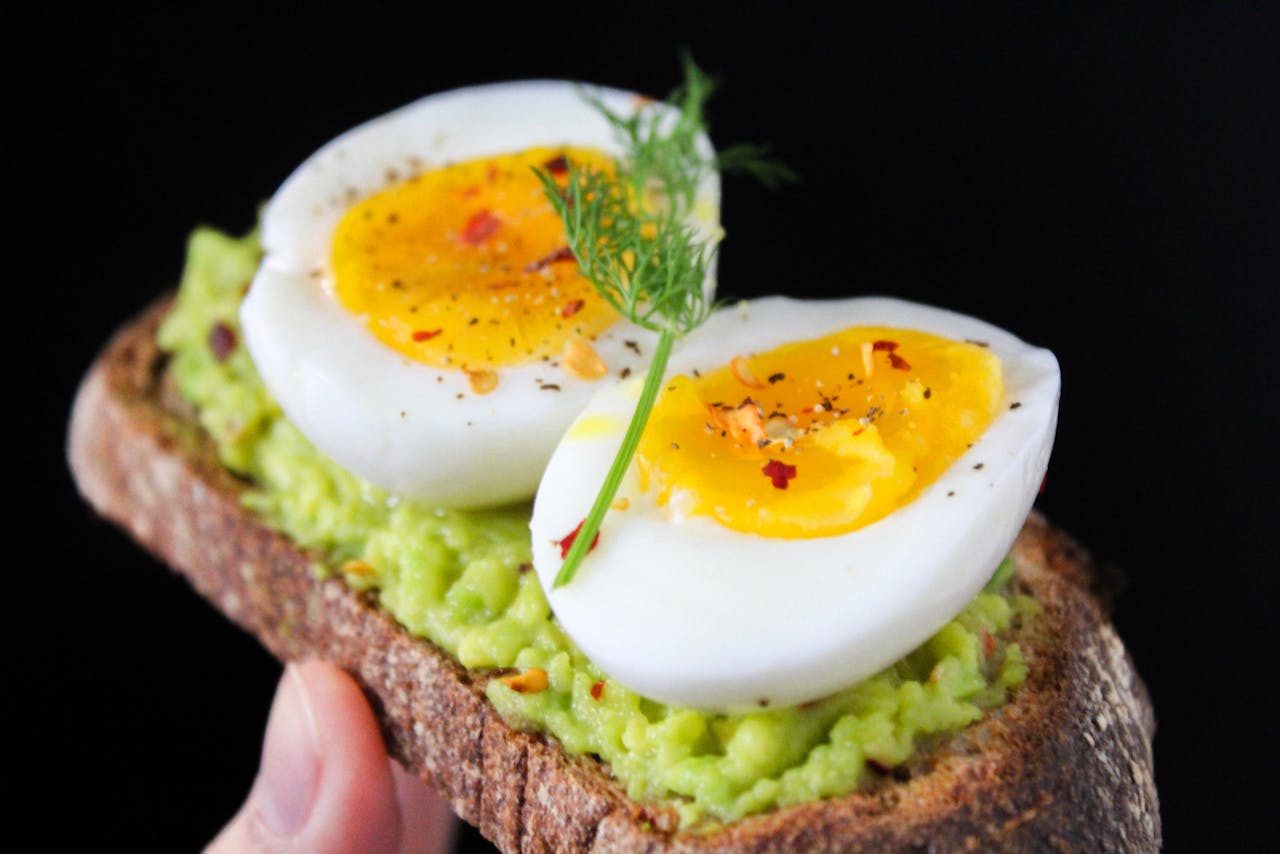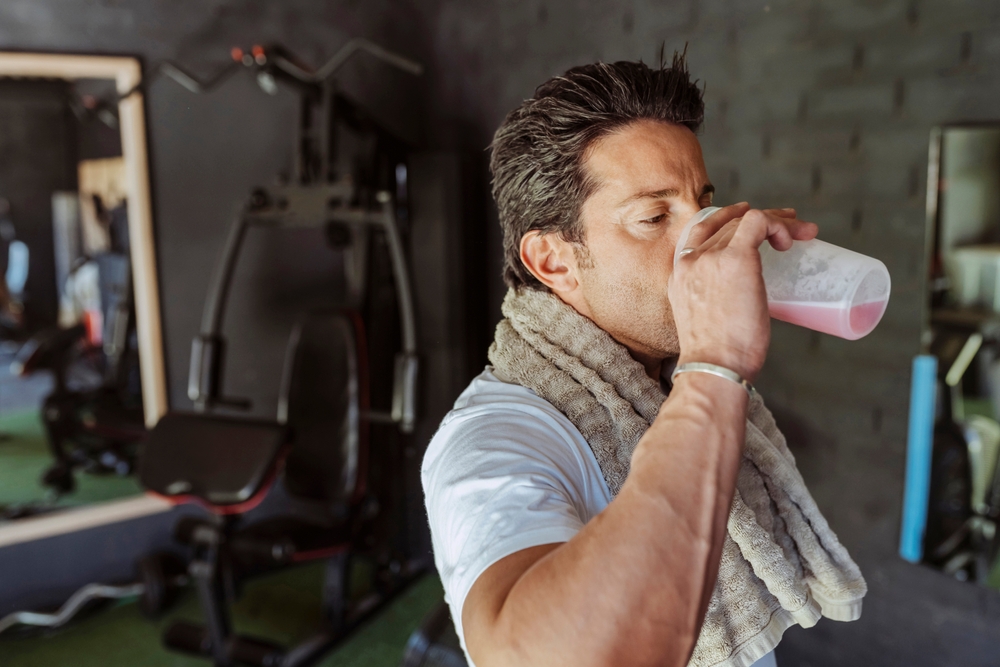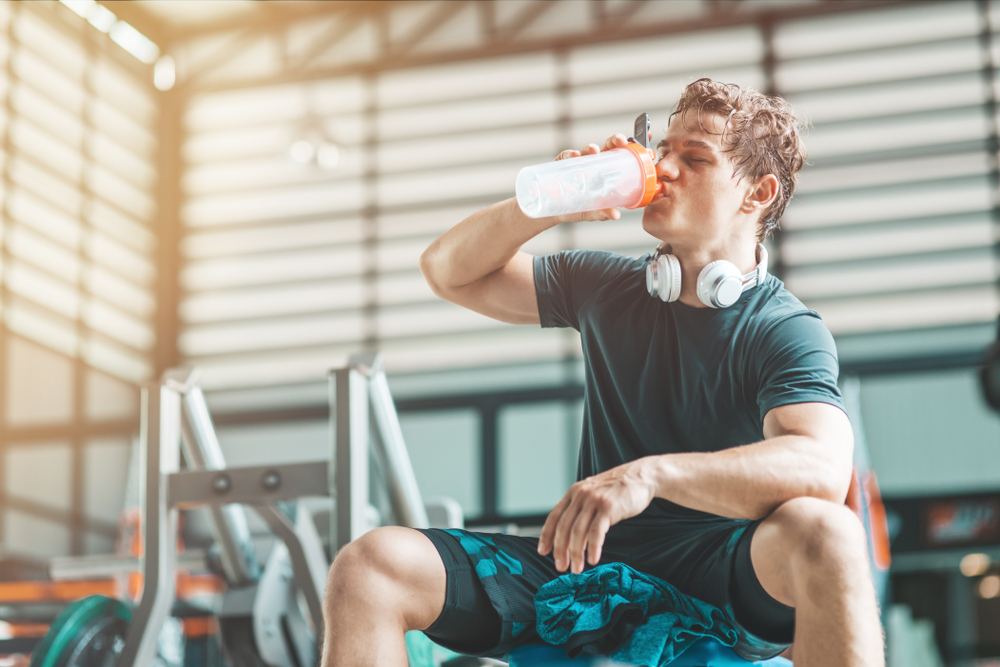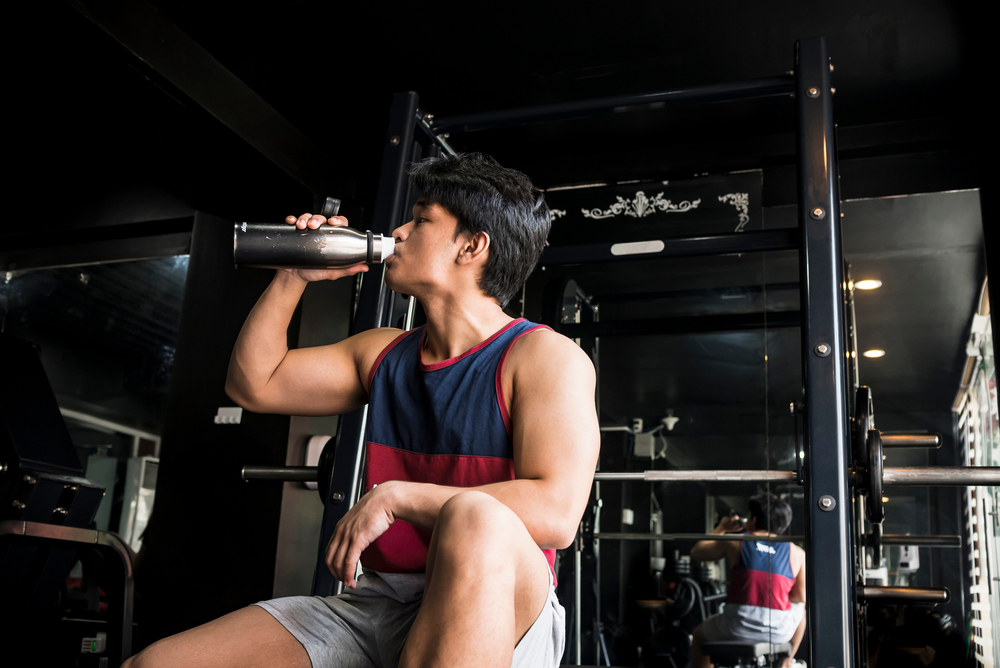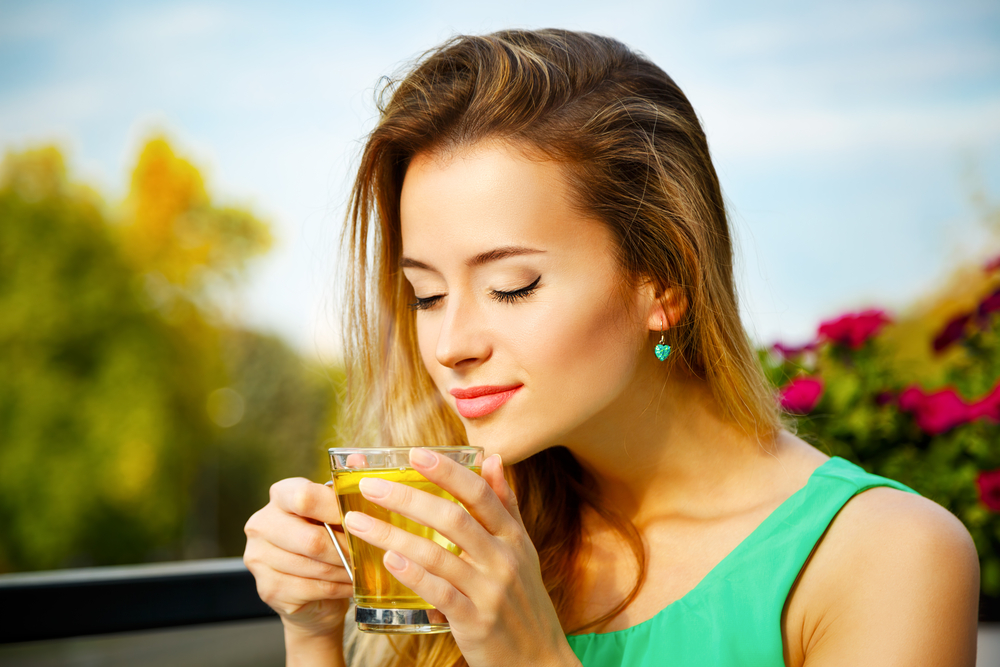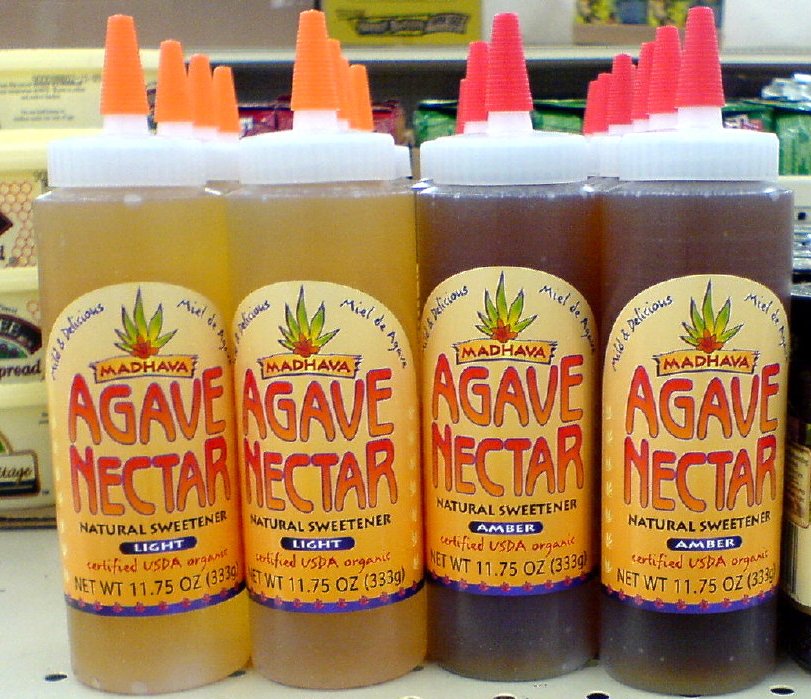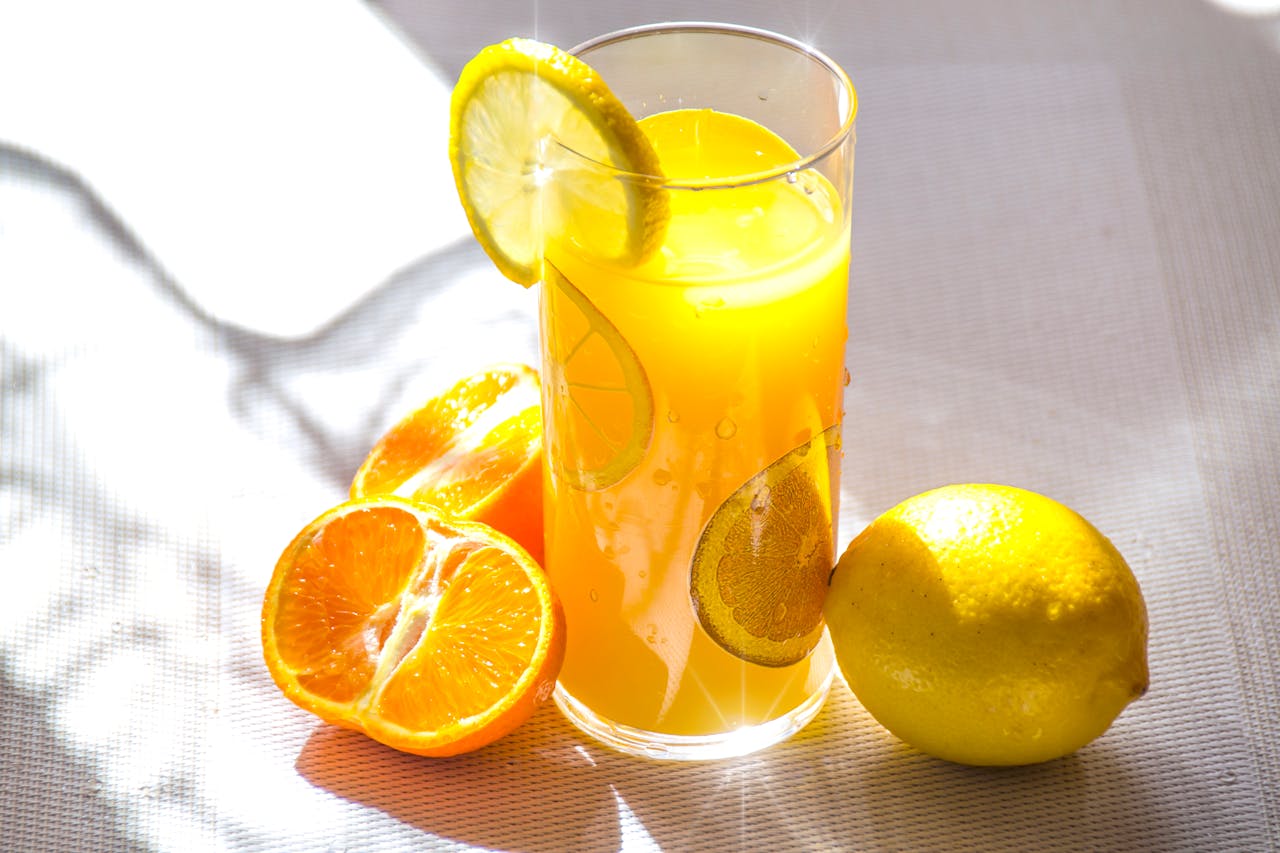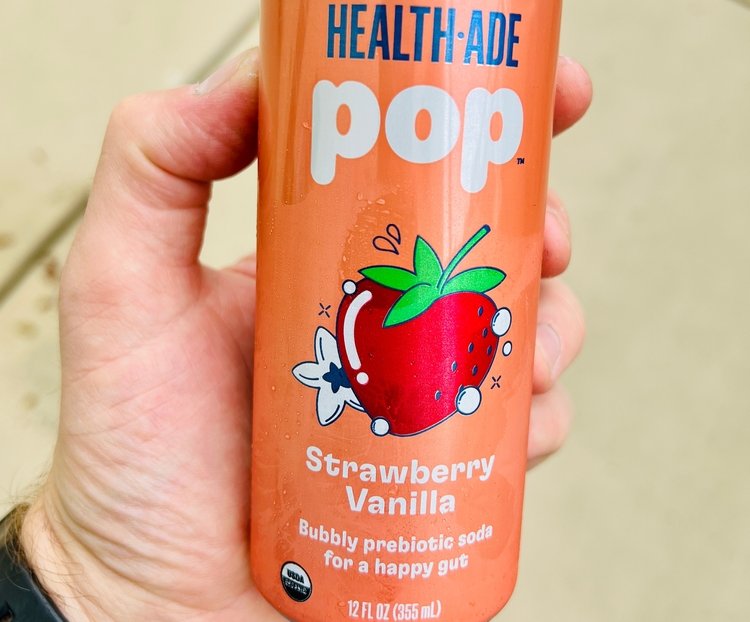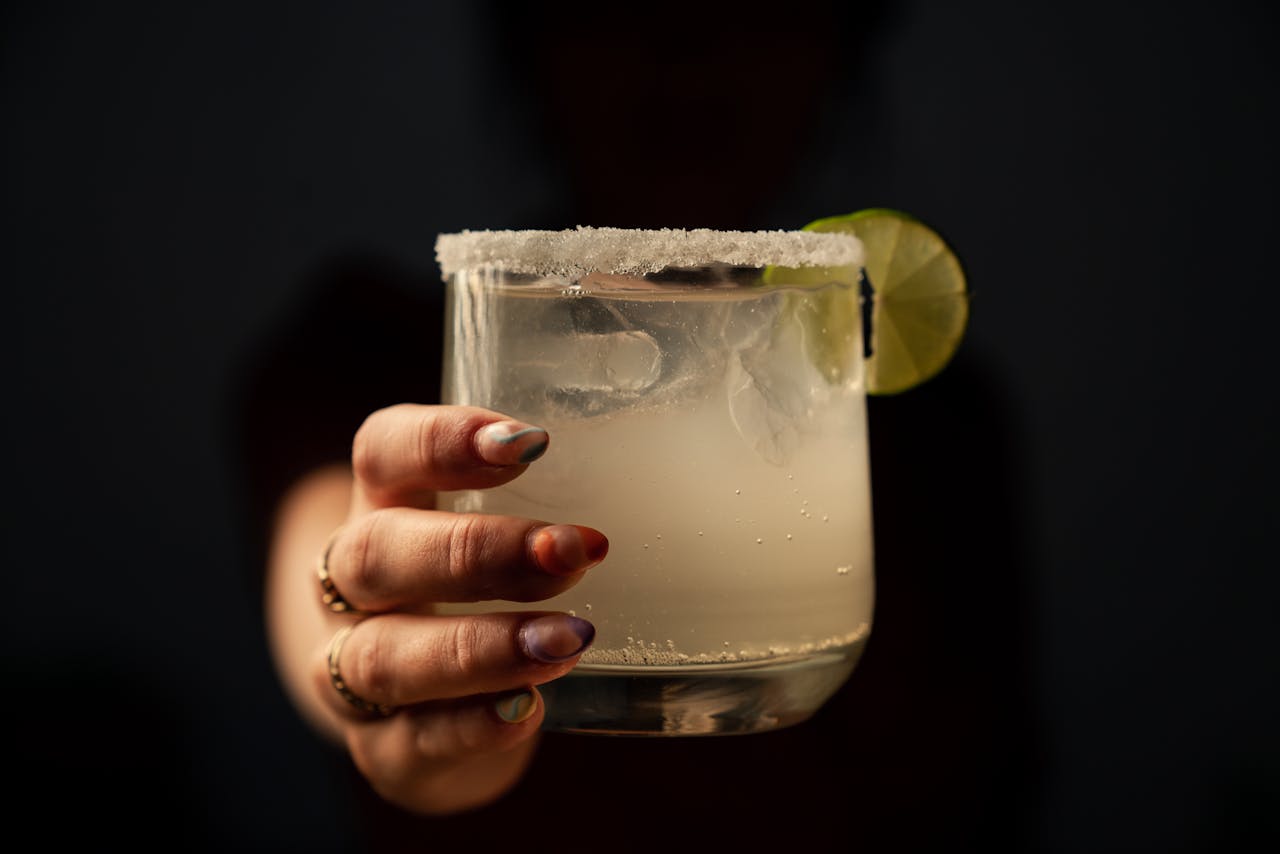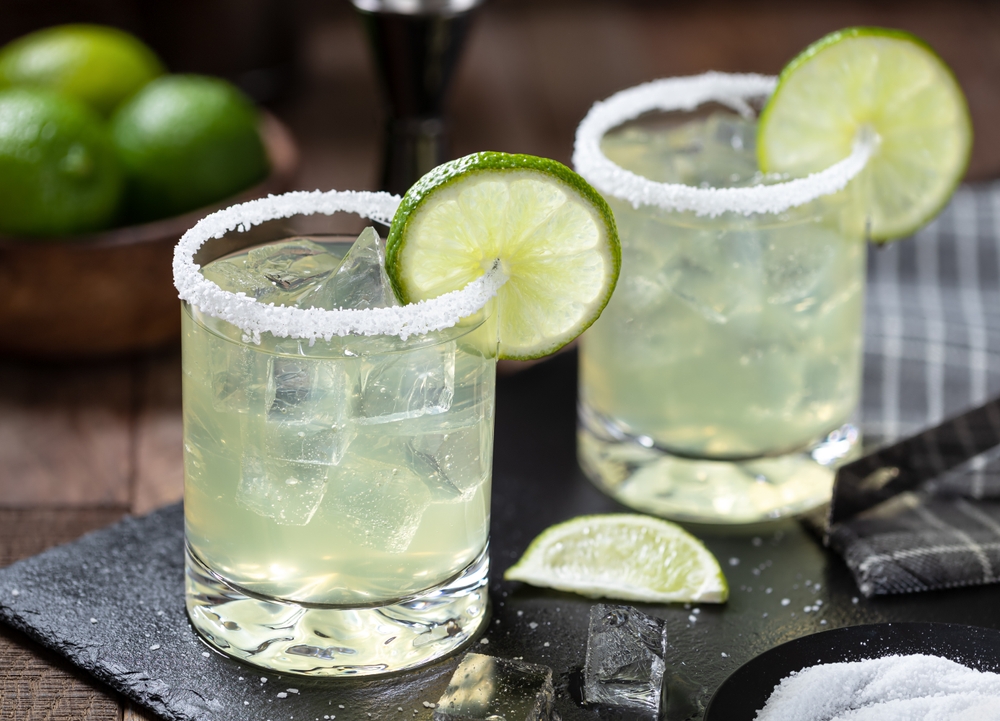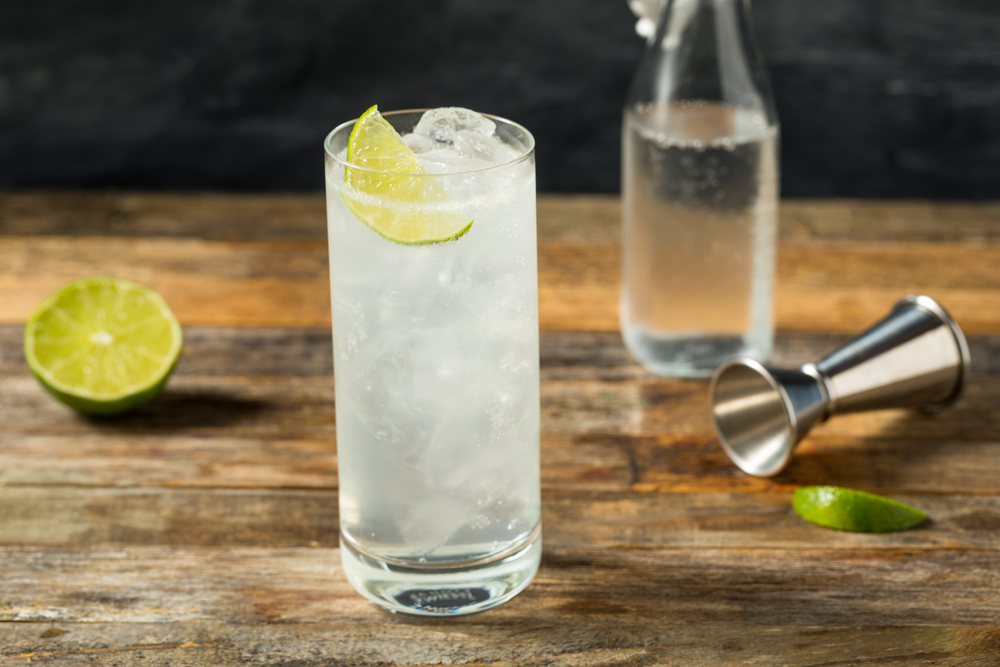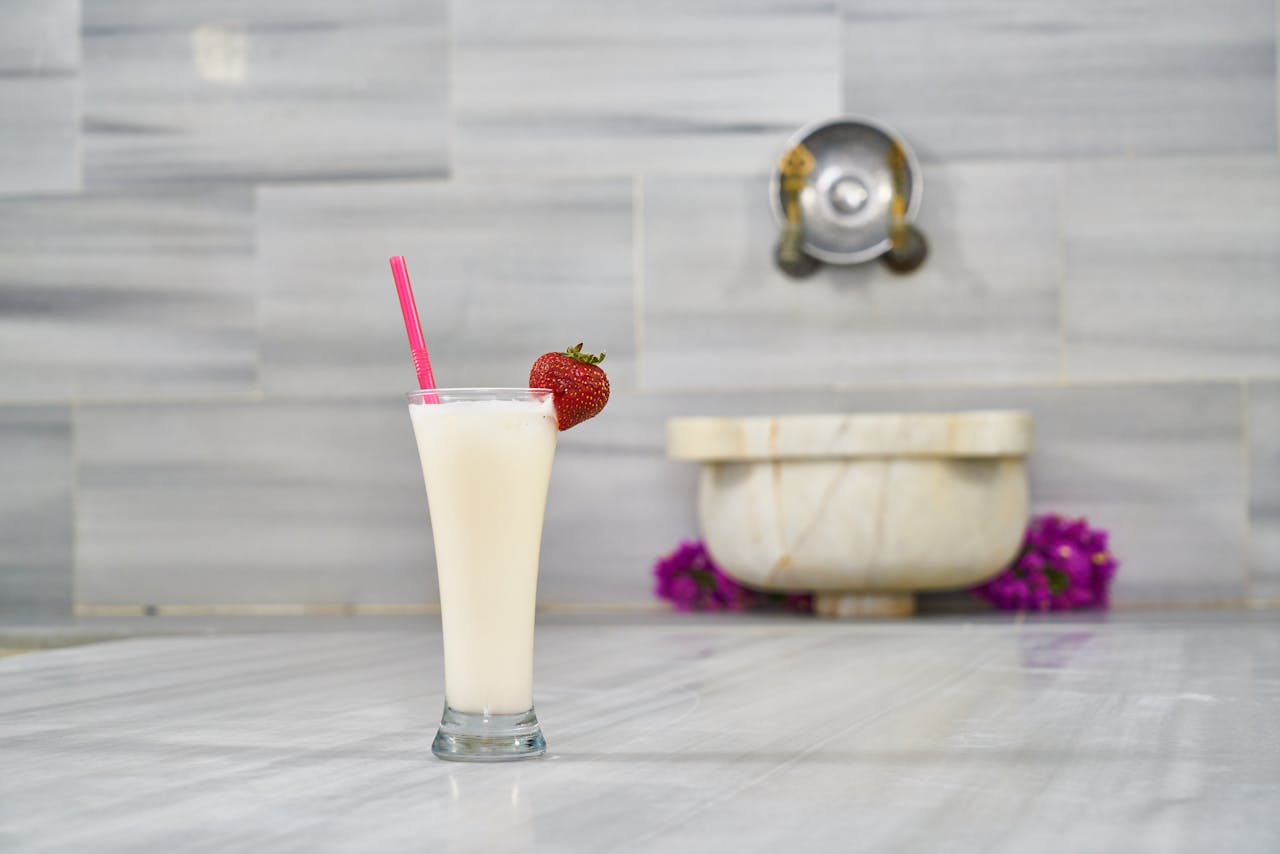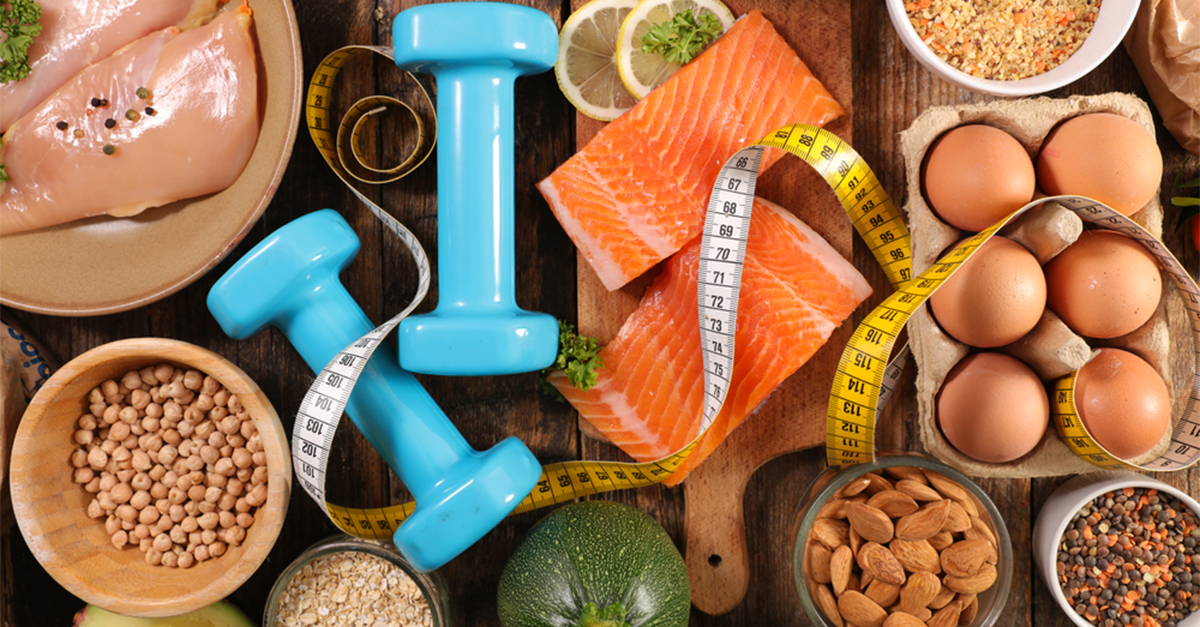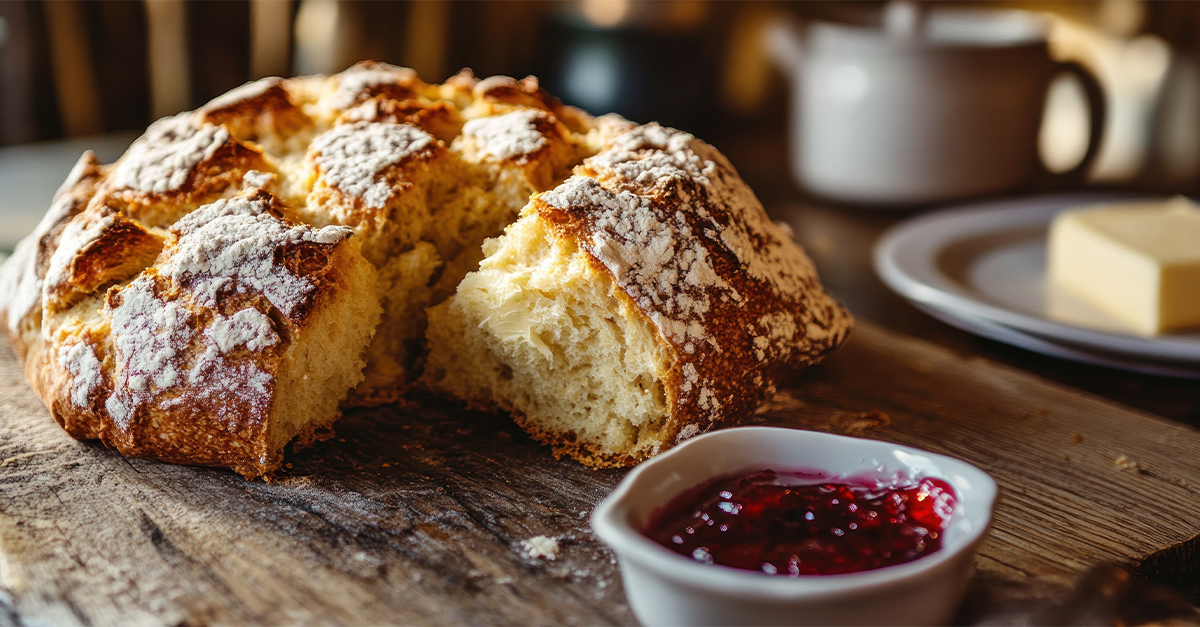Drink Up!
For many of us, our appetites go down when that summer heat wave first hits. Instead, we tend to reach for cold drinks—but not all beverages are created equal. Whether it’s excess sugar, caffeine, fat, or ingredients that spike your blood sugar, these are ten drinks to avoid when that hot weather thirst comes into play.
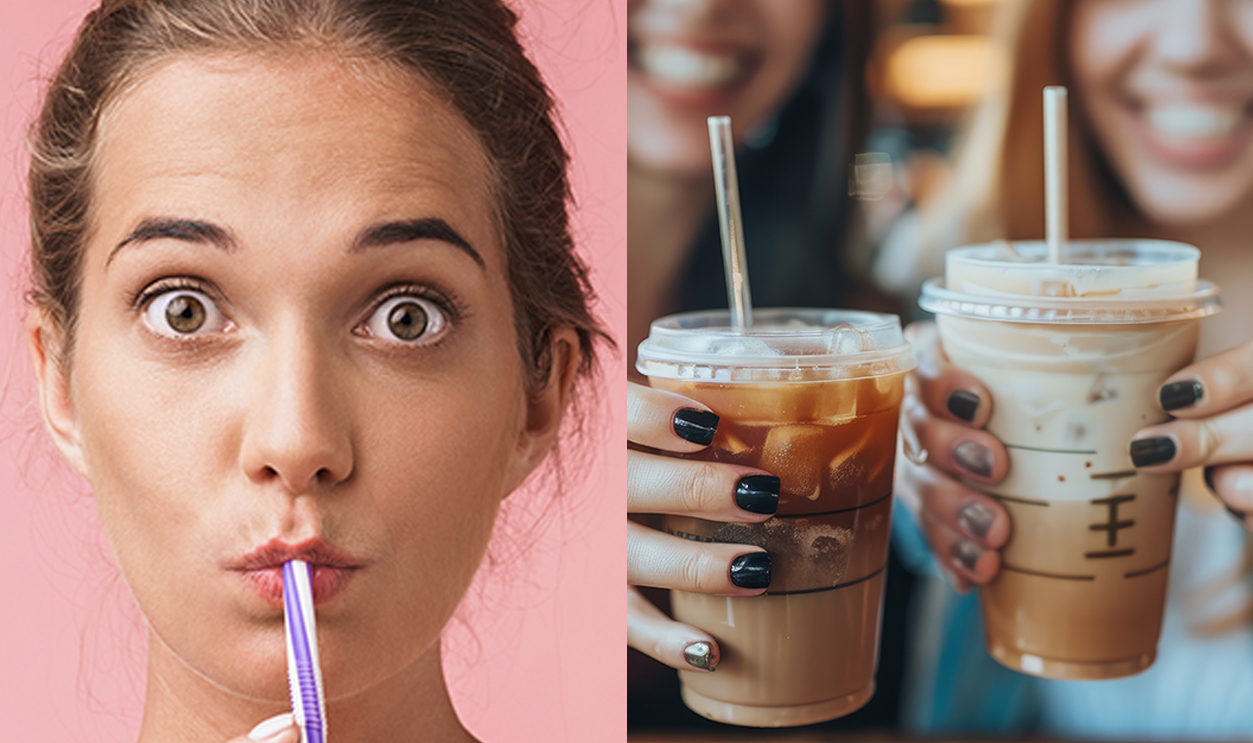
Counting Calories
While calorie counting isn’t the only way to lose weight or stay healthy—and it may even have a negative effect for some conscientious dieters—we often forget how many calories are in the beverages we’re drinking. Many of the drinks on this list could easily add some 500-1,000 calories to someone’s daily intake.
Juices
People often view fruit and vegetable juices as a way to quickly pack in some extra vitamins and nutrients that might be missing from their diet. But unfortunately, fruit juices miss one crucial component that makes all the difference.
Fruits & Fibre
Even if you’re drinking a green juice from a restaurant or juice bar, it can be a calorie bomb. Sure, you’re getting the vitamins from those fruits and veggies—but you’re also missing the fiber, which helps with digestion and contributes to satiety, the full feeling.
What Effect Does Juice Have On The Body?
Chugging a glass of juice can cause blood sugar to spike and then crash. That feeling, combined with the lack of fiber, can leave us feeling hungry, which can bounce into overeating.
What’s A Healthy Alternative To Juice?
It’s important to acknowledge that we’re not saying that everyone should cut juice out of their diet. Make your own juice, or pick blends with healthy ingredients and no added sugar. But if you’re really concerned about getting nutrients in, pick whole fruits and vegetables over juice when you can.
Smoothies
Like fruit juice, smoothies are often regarded as a way to pack in extra nutrients. After all, they have healthy ingredients like fruits, vegetables, yogurt, and nut butters or milks, right? Well, it’s a bit more complicated than that.
The Effects of Blending
Like juices, the effects of blending break down the fibers in fruits and vegetables. It’s the fiber—and the chewing, really—that helps us realize when we’re full. Without that natural signal from our brain, we can easily over-consume.
What Else Is In There?
It can be far too easy to overpack a smoothie with ingredients that don’t actually add to its nutritional value. While nut butters may add protein, they’re also extremely fatty and calorie-dense. And opting for flavored yogurt over plain can add hundreds of calories per serving.
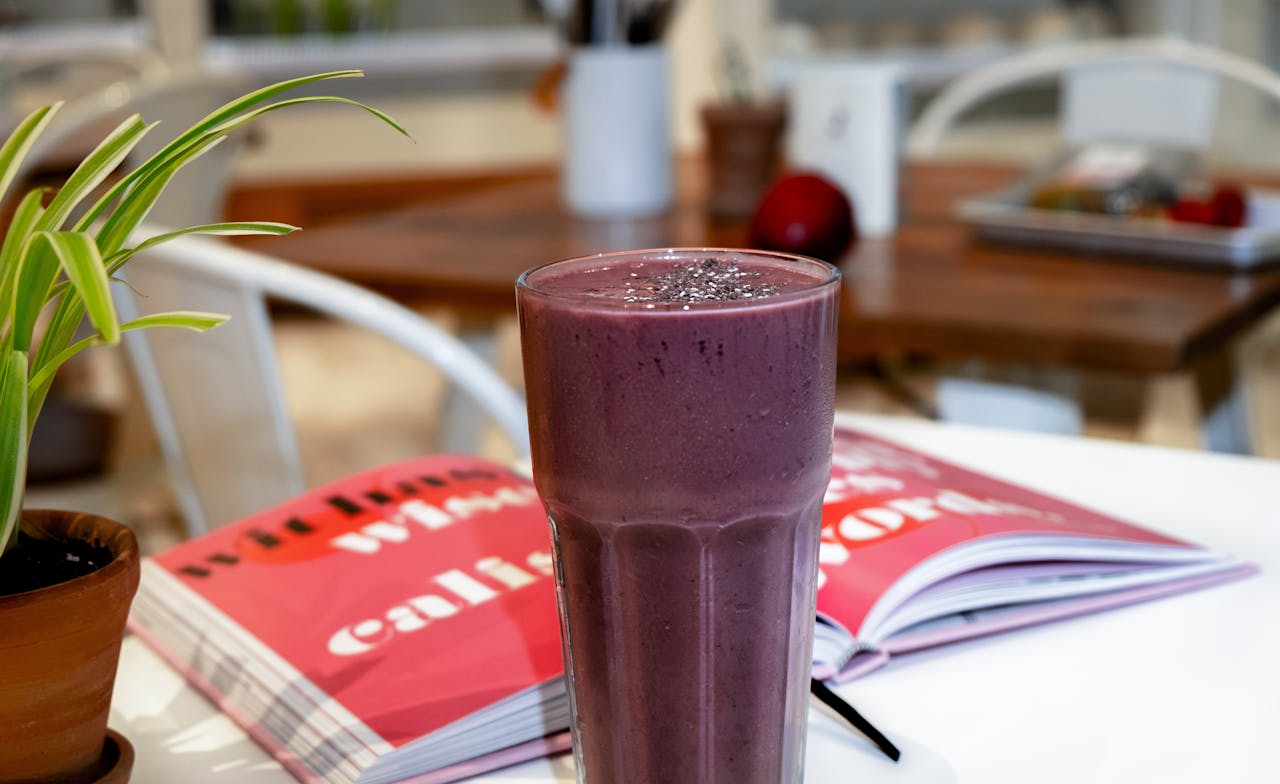 The Lazy Artist Gallery, Pexels
The Lazy Artist Gallery, Pexels
What’s A Healthier Alternative?
Once again, avoiding commercially prepared smoothies or smoothies from restaurants and juice bars can make a huge difference. Make your smoothies at home, where you can measure the ingredients yourself—and treat them for what they are, a meal alternative or replacement instead of a simple drink.
Protein Drinks
First, there was the low-fat era of the 1990s and then, the 100-calorie foods era of the 2000s. Now, it seems like everyone is determined to follow some esoteric formula to figure out the massive amount of protein they need daily and do everything in their power to hit that benchmark—including drinking protein drinks.
Not All Protein Is Created Equal
Protein is essential for muscle health and for keeping us full—a lot like fiber. And like fiber, not all protein is created equal. The protein that people are getting from drinks and shakes—and even bars—isn’t going to serve the same purpose.
What’s The Problem With Protein Drinks?
While prepared shakes or powdered drinks may manage to pack a lot of protein into a small package, it’s often complemented by a big wallop of sugar in an attempt to make it drinkable. This means that, while it may help you hit your protein benchmark, it may also set you over the edge calorie-wise.
What’s A Healthier Alternative?
Our bodies—especially ones that are working out or moving around a lot during the day—are much better served by protein-packed whole foods, like eggs, lean meats, and nuts and seeds.
Pre-Workout Drinks
In nearly the same category are the many pre-workout drinks on the market, which promise to give our bodies the fuel they need to get a good workout. Some gym influencers make it seem like it’s absolutely unthinkable to go to the gym without them—but is that really true?
Pre-Workout Is New And Unregulated
Remember 10-15 years ago when people just…went to the gym without having to down a glass of toxic sludge first? Yeah, we do too. And it’s proof that pre-workout isn’t an essential part of anyone’s workout routine. On top of that, the industry is unregulated—which can lead to some weird stuff.
What’s In There Anyway?
Thanks to the format’s lack of regulation, companies can put pretty much anything in there. They definitely over pack it with caffeine, which can affect mood, anxiety, and blood pressure. Some are known to contain coumarin, a blood thinner which can be dangerous for people with certain medical conditions.
Side Effects
Many pre-workout drink mixes have disturbing side effects listed on their labels, from headaches to nausea—and those are just the ones that they mention. There are many other, less dangerous, ways to prepare your body for a workout.
What’s A Healthy Alternative?
If you’re preparing to work out, get your energy the good old-fashioned way—no, not a full night’s sleep, though that certainly helps too. A simple cup of coffee or green tea will give you the caffeine you need to go the extra mile.
Energy Drinks
There are just about a million energy drinks out there on the market—and they’re certainly not all created equal. Some are packed full of ingredients that are just as artificial as they taste, and it all adds up to a package that has worse effects than you think.
 Arsenii Palivoda, Shutterstock
Arsenii Palivoda, Shutterstock
Caffeine Is Just The Start
It’s no surprise that energy drinks are filled with caffeine—but few people fully understand all the effects that caffeine can have on their body. Energy drinks usually have higher levels of caffeine than other beverages, and while caffeine levels peak in our bloodstreams one hour after drinking a caffeinated drink, it stays around for a really long time.
It Can Affect Sleep Even Hours Later
Many of us may have our last coffee somewhere before the 3pm mark. But did you know that caffeine stays in the bloodstream for some 10 hours? That means, if you’re sensitive to it, you could end up tossing and turning late at night. And a damaged or degraded sleep schedule can have pretty detrimental effects on physical and mental health.
What’s A Healthy Alternative?
As mentioned above, regular old coffee or tea, served unsweetened, is a healthy, low-cal way to get any caffeine you feel you might need. Alternatively, if you find yourself needing a boost later—but not too late—in the day, some coffee brands have begun offering “half the caffeine” varieties of their coffee.
Agave-Sweetened Drinks
In recent years, agave syrup has become all the craze, with people touting it as a healthy alternative to high-fructose corn syrup. People treat it as a healthier alternative to sugar that tastes better than artificial sweeteners. And while both are true, it’s not a perfect product.
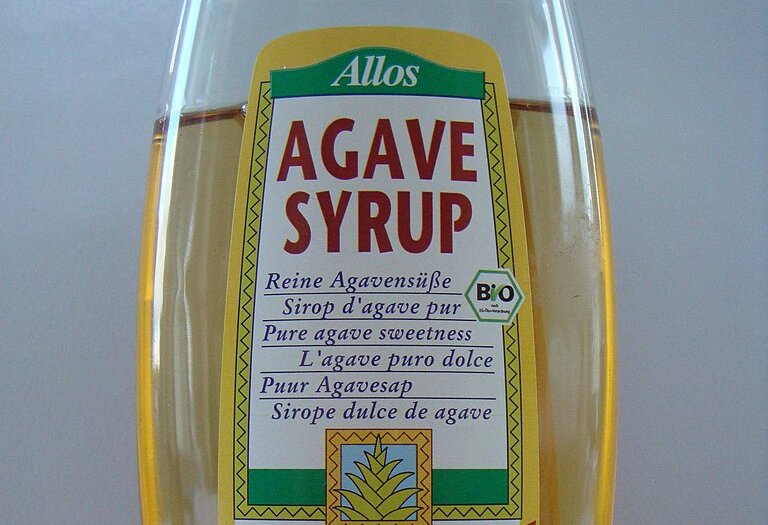 Sharky78, CC BY 3.0, Wikimedia Commons
Sharky78, CC BY 3.0, Wikimedia Commons
It’s Not As Healthy As People Think
Though agave is marketed as a “healthy” product, some dietitians claim that it’s basically high-fructose corn syrup in “natural” packaging. The problem with it? It all begins with fructose.
It Can Be Fructose-Based
Like protein, not all agave syrup is created equal, and most of the agave syrups that are commercially available are fructose-based—typically containing 80%-90% fructose. Now, the liver usually takes care of those—but when we drink too much of the stuff, the liver converts it to fat.
What’s A Healthy Alternative?
We’re not saying you have to make your lemonade with Splenda. Slowly and simply reducing the amount of sugar or syrup you use when making beverages, so that your tastes change and you begin to appreciate less sugary drinks, is the first step on the path to walk away from fructose-laden drinks.
“Gut Health” Sodas
One of the more recent popular trends in “healthy” drinks are “gut healthy” sodas with cute packaging—like the ones that rhyme with “lollipop” and “hoppy”. They promise to have “prebiotic” benefits…but do they practice what they preach?
What’s A Prebiotic Anyway?
While many of us are familiar with the term probiotic, less might know about what exactly a “prebiotic” is. Prebiotics are food—usually high-fiber foods—that work to feed our gut’s microflora.
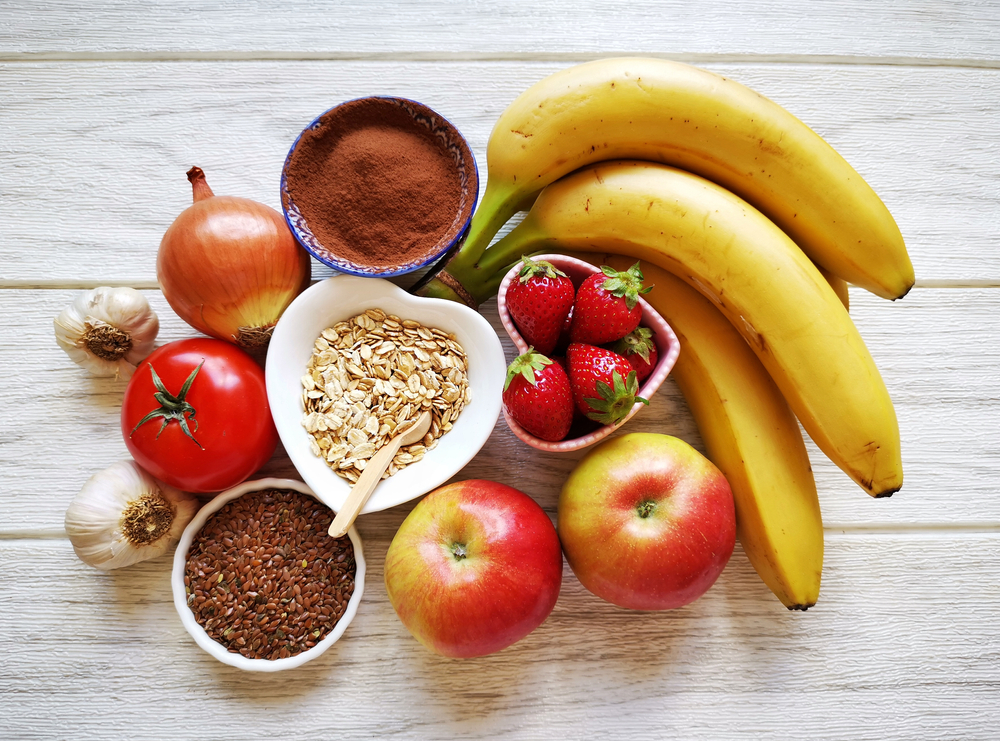 Danijela Maksimovic, Shutterstock
Danijela Maksimovic, Shutterstock
Are Prebiotics Real?
Short answer: absolutely. Keeping our microflora well-fed, so to speak, can have benefits for gut health. Both prebiotics and probiotics are important for our gut biome, but with a healthy diet, there’s no need to supplement with extra prebiotic—and when it comes to “gut healthy” drinks, there’s a twist.
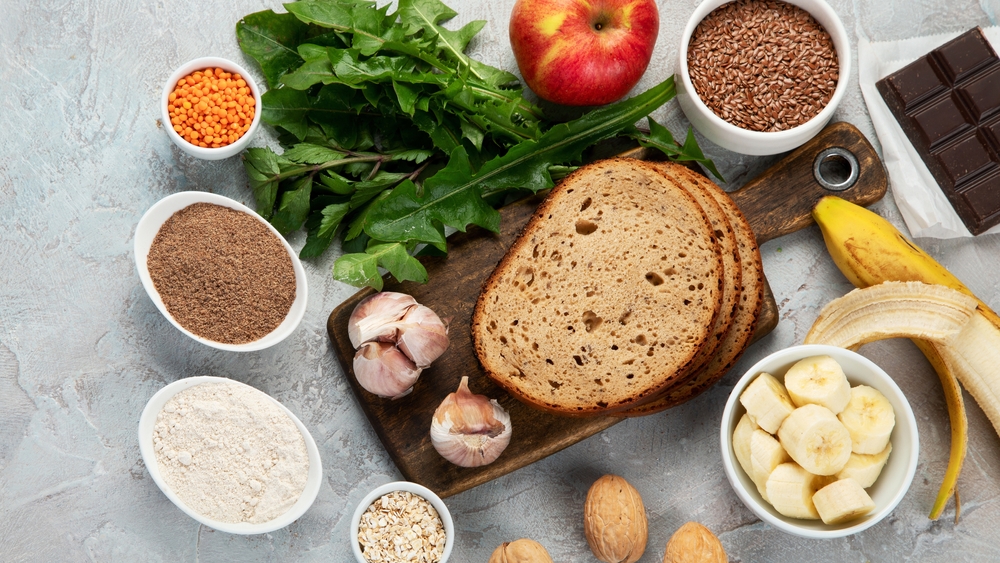 Tatjana Baibakova, Shutterstock
Tatjana Baibakova, Shutterstock
What’s A Healthy Alternative
In the end, “prebiotic” sodas don’t actually have enough prebiotic to really make a difference. With that said, there’s not anything inherently bad about them. They might have a little more added sweeteners than you’d want if you’re calorie-counting. For a more effective “gut healthy” drink, try kombucha.
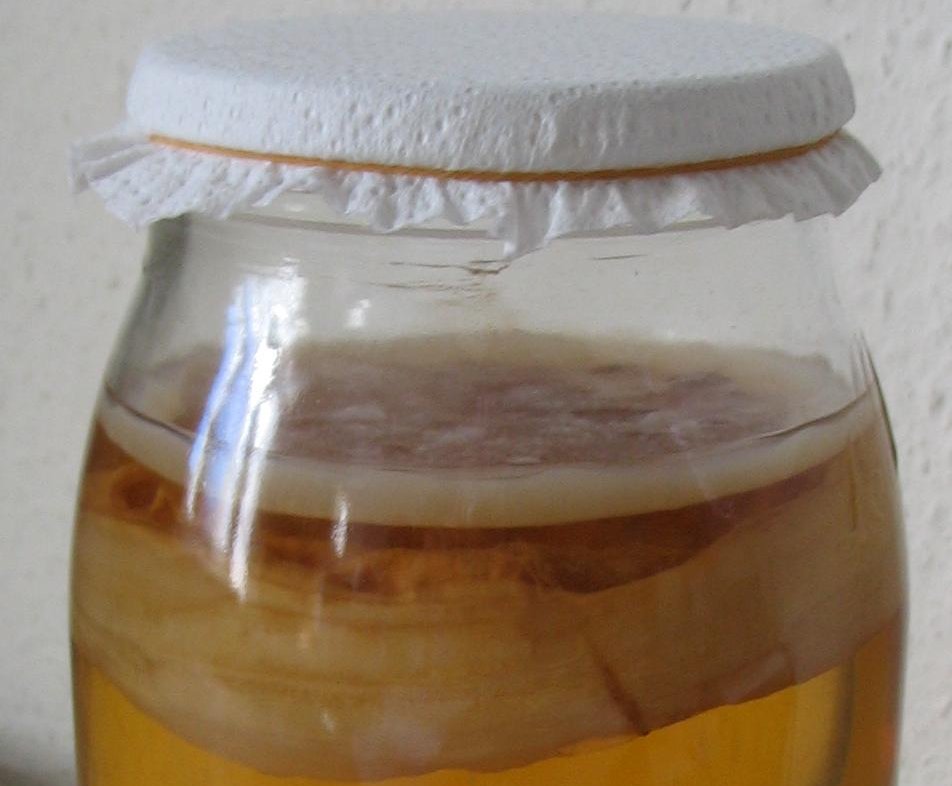 Warden, CC BY-SA 3.0, Wikimedia Commons
Warden, CC BY-SA 3.0, Wikimedia Commons
Iced Coffee Drinks
People drinking their iced americanos or cold brews black can look away—we’re not talking about them. Instead, we’re talking about the hidden calories in many of the more elaborate iced coffee drinks offered at our favorite chains.
It’s Not Just The Sugar
Anyone who has watched the barista put six pumps of syrup into their venti iced drink knows that those things are going to be sugary. But in the past few years, the rise in popularity of “cold foams” and dairy alternatives has led people to believe their choices are healthier than the iced coffees that came before, when that’s not exactly true.
Making Switches
While, for example, Starbucks cold foam has fewer calories than whipped cream—35 to whipped cream’s 60 per serving—you’re still adding an extra dump of calories to a drink with little flavor payoff. In some drinks, they’ve started adding calorie and fat bombs, like the pistachio butter in the pistachio latte. And while oat milk is touted as a healthy alternative, it’s much more calorie-laden than, say, skim or almond milk.
What’s A Healthy Alternative?
No one should be scared to order what they want at the coffee shop lest they accidentally order a 600-calorie frappe. It’s easy to fall for the newest, shiniest drink on the menu—but make sure you know what’s going into it, and make healthier substitutions where possible, like using half the sweetener, or subbing a heavier dairy or dairy alternative for a lighter one.
Margaritas
Did you know that margaritas are the most popular cocktail in the world? The recipe is relatively straightforward—tequila, triple sec, and lime juice. So what’s the problem? Well, not everyone follows the same recipe.
The Wide And Wonderful World of Margaritas
For every classic margarita out there, there are a million variations. Yes, the coconut or mango margarita certainly might have more sugar—but we’re not talking about them. We’re talking about how Restaurant A might use a neon green pre-made mix with God knows what in it, while Bar B’s frozen margaritas might use a sweetened lime syrup instead of fresh lime.
A Brutal Combo
Between the ~300 extra calories that a sweetener might add to the nutritional count of a margarita, there’s also the alcohol itself, which slows down the body’s ability to burn fat. And the final blow? Margaritas are often served in an oversized glass.
What’s A Healthy Alternative?
Opt for a classic margarita—as in, just lime, tequila, a splash of triple sec, and no other sweeteners. Often, this might get called a “skinny” margarita…despite the fact it’s just a regular marg. Or, try a ranch water instead, which has tequila, lime, and seltzer.
Milkshakes
It’s likely no surprise that milkshakes aren’t the healthiest drink out there. But sometimes, that combo of milk and ice cream is just what’s needed to scratch a certain itch and satisfy a certain craving.
How Bad Are They Really?
While a small milkshake every once in a while certainly isn’t going to ruin anyone’s life, there are some fast food milkshakes out there that have a staggering calorie count. For example, Five Guys’ peanut butter milkshake has over 1,000 calories—that’s more than their cheeseburger.
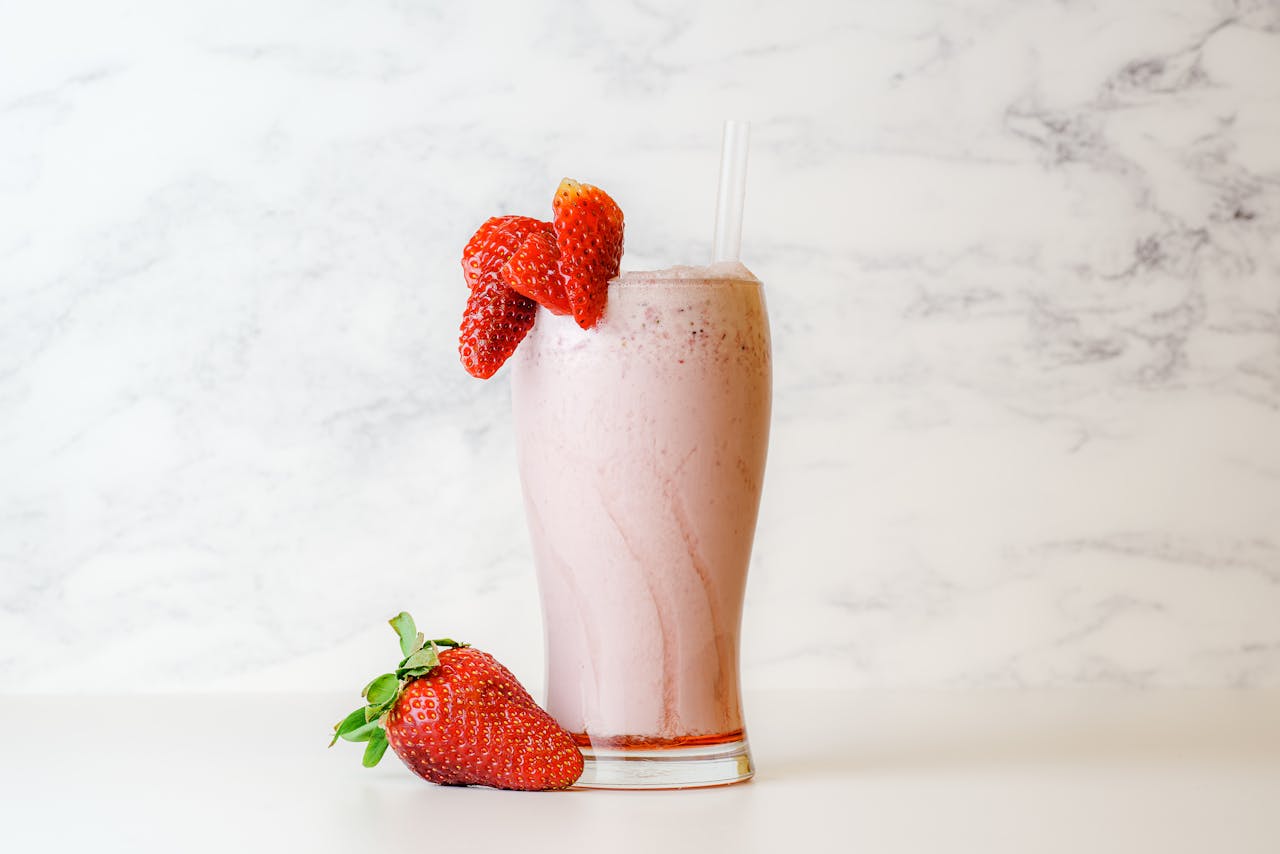 Sebastian Coman Photography, Pexels
Sebastian Coman Photography, Pexels
What’s A Healthy Alternative?
If what you want is something cold and creamy, there’s no shame in cutting out the middleman and simply going for that scoop or two of ice cream. Otherwise, try and choose a milkshake made with as few ingredients as possible, in a small size—and keep to it 1 or 2 per summer.


